South Africa’s botanical gardens function as living museums where nature stages its most spectacular performances. The country houses everything from the famous fynbos of the Western Cape to KwaZulu-Natal’s lush subtropical forests — these green sanctuaries protect some of Earth’s most remarkable plant diversity. Positioned at the heart of the Cape Floral Kingdom (one of only six floral kingdoms worldwide), South Africa becomes a paradise for anyone who appreciates incredible botanical variety.
These aren’t just pretty places for casual photography sessions, though. They’re serious conservation centers working tirelessly to protect endangered species, research facilities that push botanical science boundaries, and educational hubs teaching visitors about intricate relationships between plants, animals, and ecosystems. Here’s a list of 16 botanical gardens showcasing the very best of South Africa’s natural heritage.
Kirstenbosch National Botanical Garden
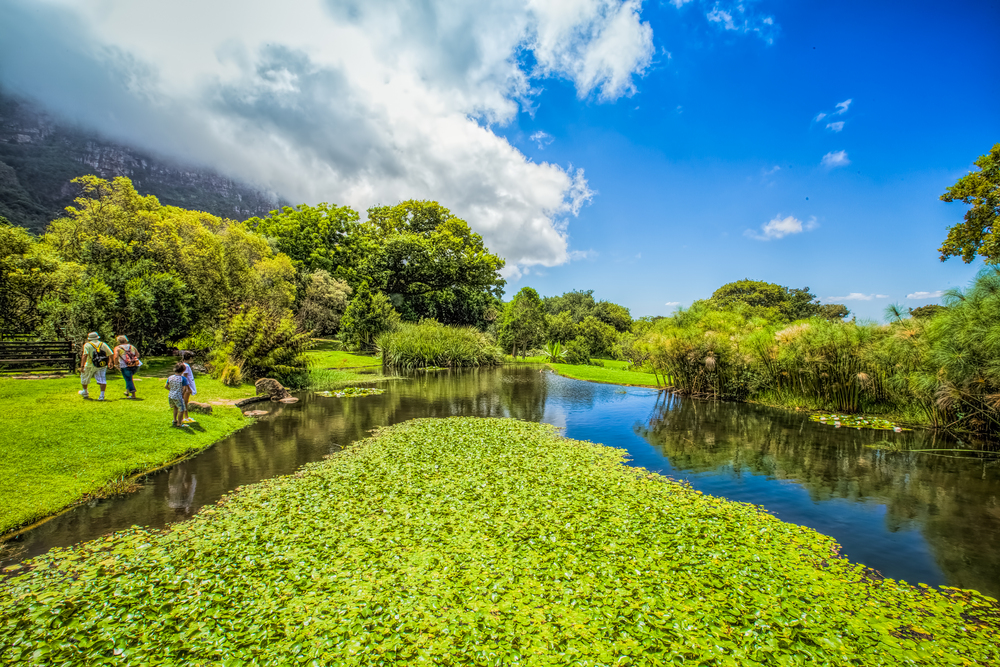
— Photo by tuxone
Against Table Mountain’s eastern slopes, Kirstenbosch stands as arguably Africa’s most famous botanical garden. This 528-hectare wonderland has enchanted visitors since 1913 — and it’s easy to understand why people fall head over heels for this place. The garden showcases indigenous South African plants in their natural habitat, creating seamless transitions between cultivated beauty and wild mountain vegetation. On clear days, views across the Cape Flats toward the Hottentots Holland Mountains will absolutely take your breath away.
Harold Porter National Botanical Garden
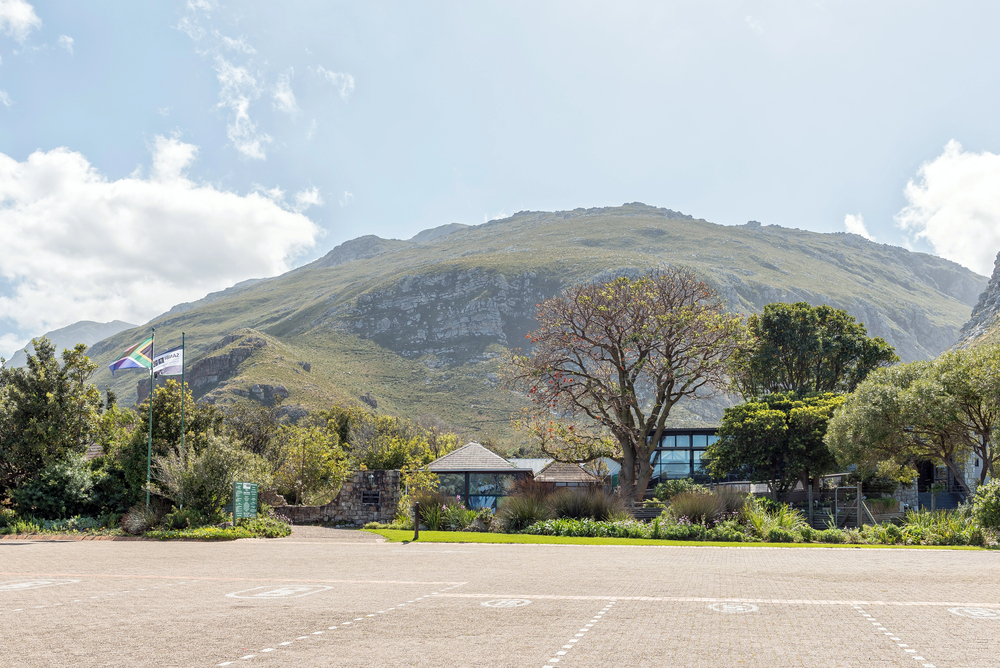
— Photo by dpreezg
Tucked into Betty’s Bay coastal town, Harold Porter feels like nature’s own secret hideaway. The 200-hectare site stretches from sea level up into the Kogelberg Mountains — creating diverse tapestries of coastal and mountain fynbos. While the Leopard Kloof trail takes you through pristine mountain streams and waterfalls, gentler paths wind through carefully curated protea and erica displays. It’s the kind of place where hours disappear while you listen to flowing water and birdsong.
Walter Sisulu National Botanical Garden
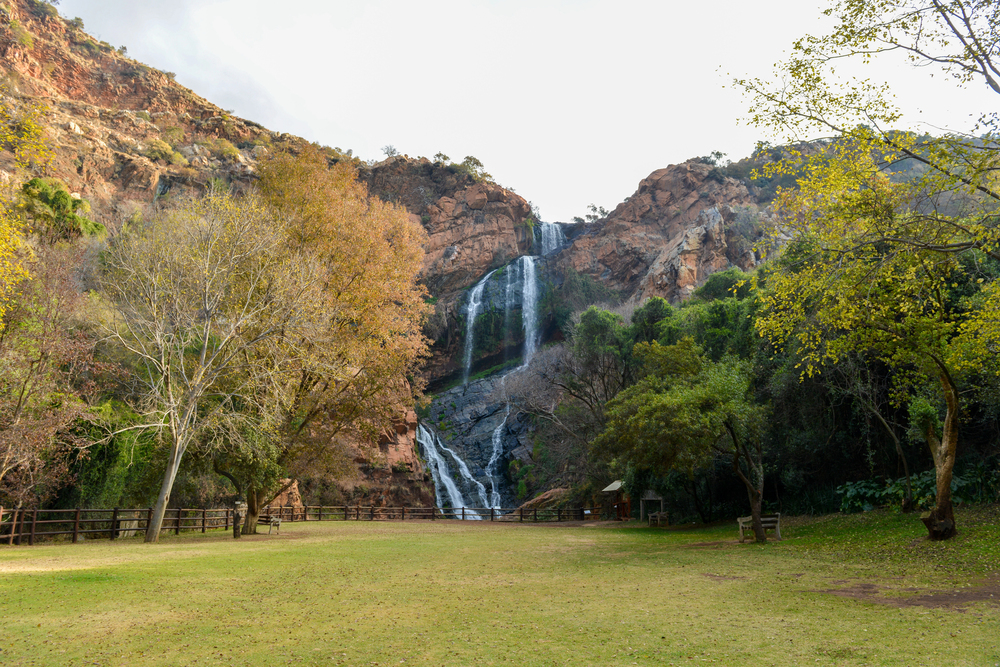
Just 45 minutes from central Johannesburg, Walter Sisulu serves as a green oasis within South Africa’s economic heartland. The garden specializes in highveld grassland plants, yet its real claim to fame involves the resident Verreaux’s eagle pair nesting on cliffs above the waterfall. These magnificent birds have raised their young here for decades — transforming the garden into an unexpected wildlife sanctuary. The contrast between distant urban skylines and pristine natural environments creates uniquely South African experiences.
Free State National Botanical Garden
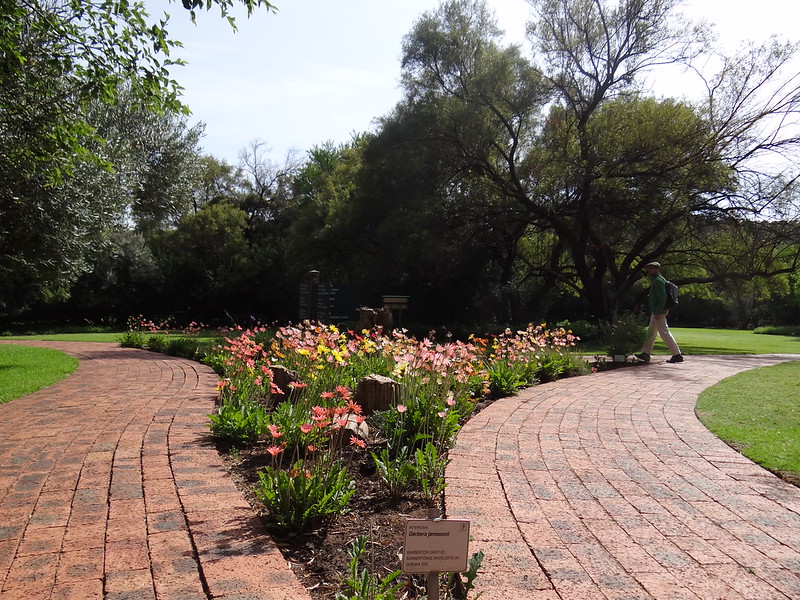
Located in Bloemfontein, this garden proves beauty thrives even under seemingly harsh central plateau conditions. The 70-hectare site focuses on often-overlooked Free State and Karoo regional plants. Think of it as nature’s masterclass on adaptation — these plants have mastered surviving scorching summers and freezing winters. The succulent collection alone warrants the visit, featuring plants resembling abstract sculptures more than traditional garden specimens.
Karoo Desert National Botanical Garden
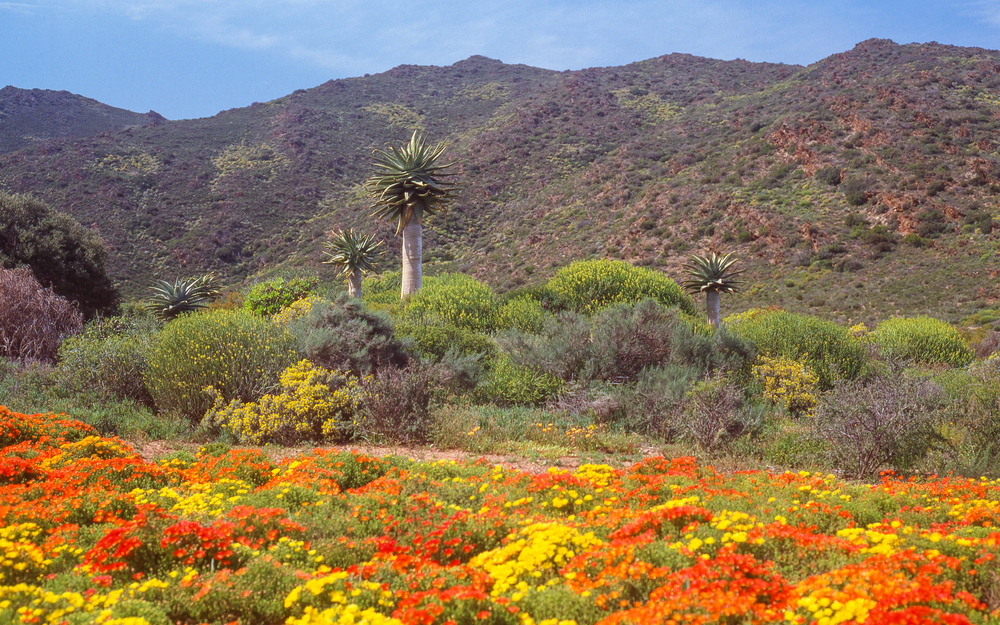
Worcester might not seem like an obvious world-class botanical garden location, but the Karoo Desert garden proves that first impressions can deceive. This 144-hectare showcase of semi-arid vegetation demonstrates how life flourishes in seemingly impossible conditions. The garden’s collection includes over 400 succulent species — creating landscapes that appear almost alien in their otherworldly beauty. Spring visits prove particularly rewarding when deserts bloom in riots of unexpected color.
KwaZulu-Natal National Botanical Garden
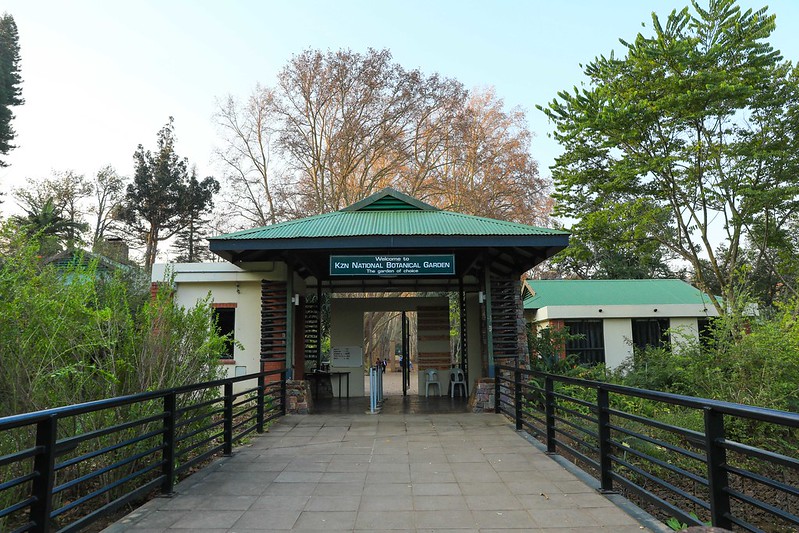
Pietermaritzburg’s botanical gem spans 152 hectares of rolling hills and river valleys throughout KwaZulu-Natal’s heart. The garden specializes in the province’s incredibly diverse flora, encompassing everything from coastal forest plants to montane grassland species. Indigenous plant collections include seriously impressive specimens — ancient cycads that were already mature when dinosaurs roamed Earth. The peaceful atmosphere feels more like a nature reserve than traditional gardens.
Lowveld National Botanical Garden
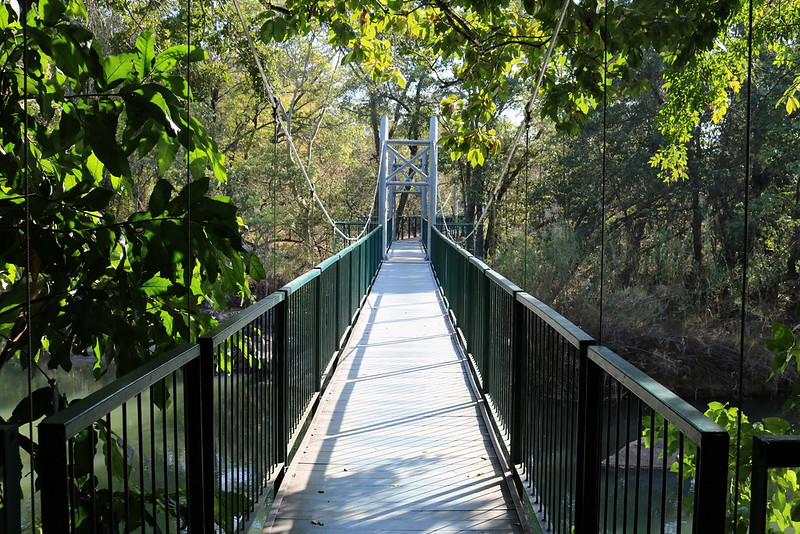
Situated along Nelspruit’s Crocodile River, this garden brings together South Africa’s finest subtropical vegetation. The 159-hectare site includes natural riverine forest sections that feel like entering green cathedrals. Ancient baobab trees stand as silent sentinels throughout landscapes, while diverse bird life includes species typically found only in game reserves. The garden proves botanical diversity doesn’t always require mountain slopes or coastal conditions.
National Botanical Garden of South Africa
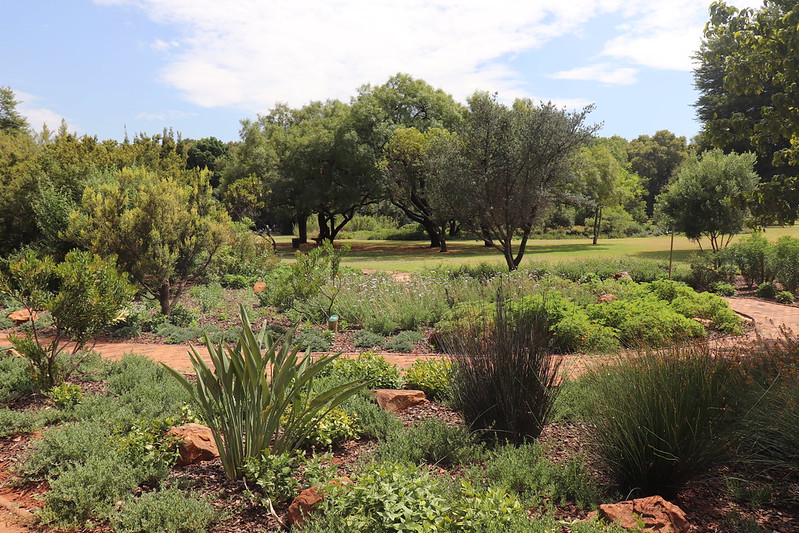
Pretoria’s national garden covers an impressive 76 hectares within the administrative capital’s heart. The site spans natural valley systems, creating multiple microclimates — allowing incredibly diverse plant collections. Quartzite ridges and streamside vegetation provide habitat for over 200 bird species, making this as much a wildlife sanctuary as a botanical showcase. Indigenous tree blends with carefully planned displays to create environments that feel both wild and thoughtfully curated.
Hantam National Botanical Garden
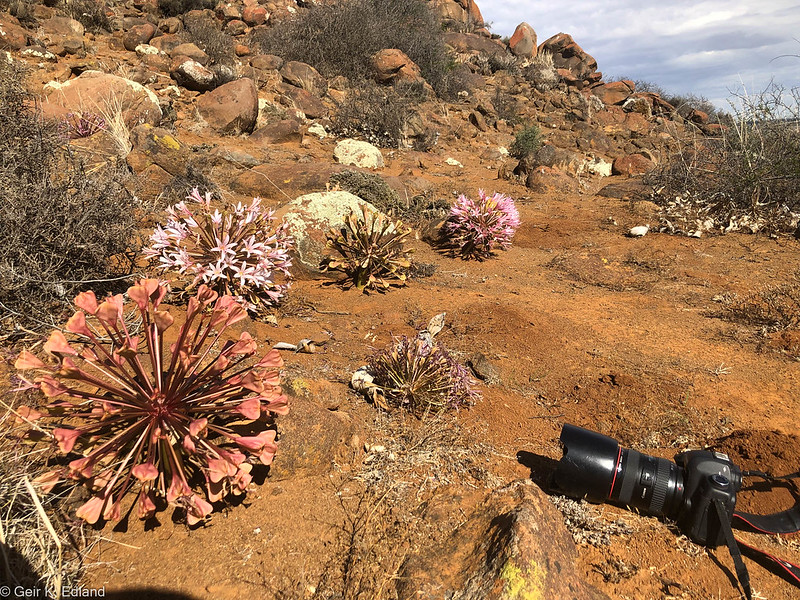
Located near Northern Cape’s Nieuwoudtville, Hantam specializes in Bokkeveld Plateau’s remarkable flora. This region transforms into one of South Africa’s most spectacular wildflower displays during late winter and early spring. The garden protects Succulent Karoo vegetation examples — a biome recognized as one of Earth’s biodiversity hotspots. Visiting during flower season feels like witnessing nature’s fireworks display, with daisy carpets stretching toward horizons.
Witwatersrand National Botanical Gardens
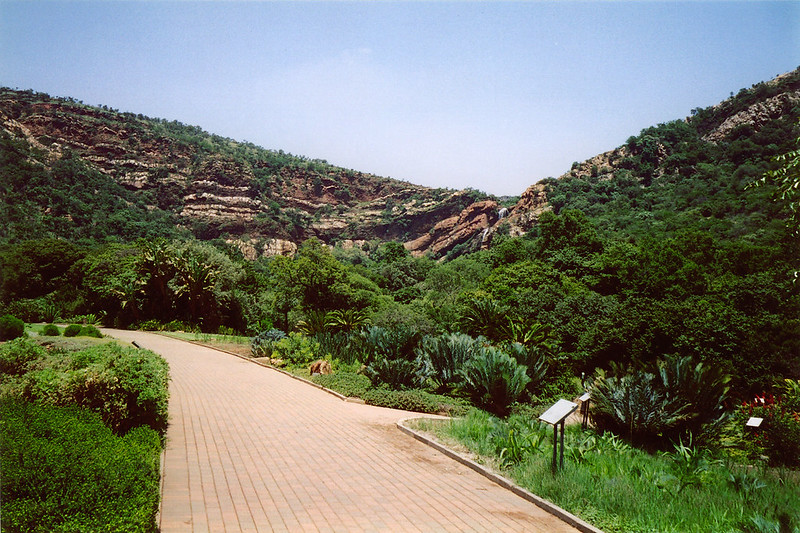
Roodepoort’s contribution to South Africa’s botanical heritage focuses on unique Witwatersrand ridge ecosystems. The 300-hectare garden protects remaining examples of rocky ridge grassland that once covered much of Johannesburg’s area. Sites include both cultivated displays and natural areas where visitors experience what the regions looked like before urban development occurred. Contrasts between carefully maintained gardens and wild grassland areas create compelling conservation and urban development narratives.
Nieuwoudtville Wildflower Reserve
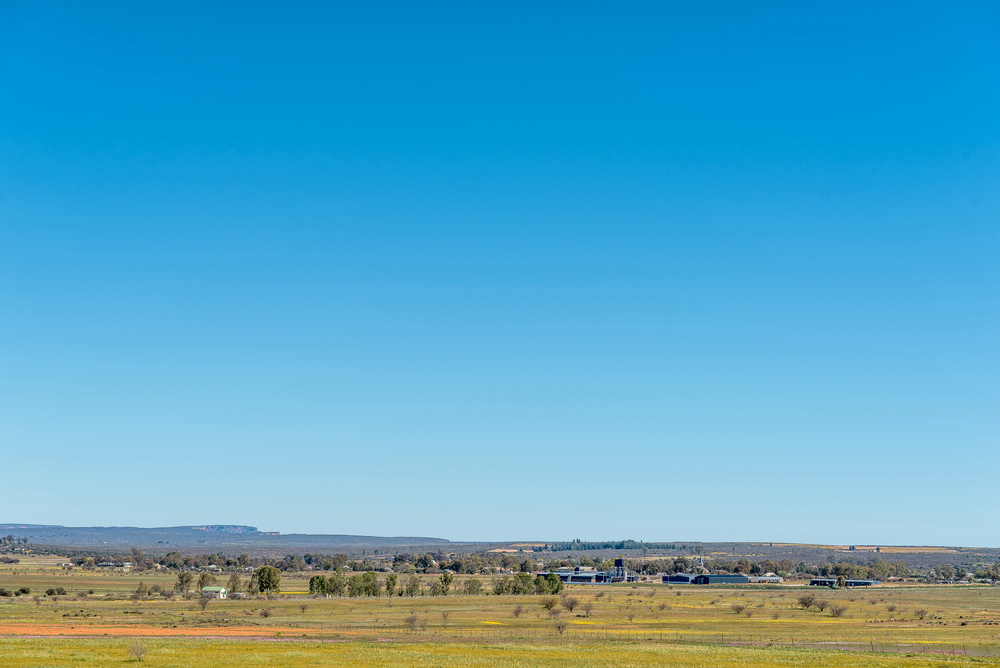
— Photo by dpreezg
While not technically a traditional botanical garden, this Nieuwoudtville reserve deserves recognition for protecting some of the planet’s most spectacular wildflower displays. The reserve encompasses several thousand hectares of Succulent Karoo vegetation, functioning as a natural laboratory for studying plant adaptation and survival strategies. During peak flowering seasons (usually August and September), landscapes transform into something resembling impressionist paintings more than reality. The sheer diversity of bulbous plants and succulents creates displays that change dramatically year to year.
Babylonstoren Garden
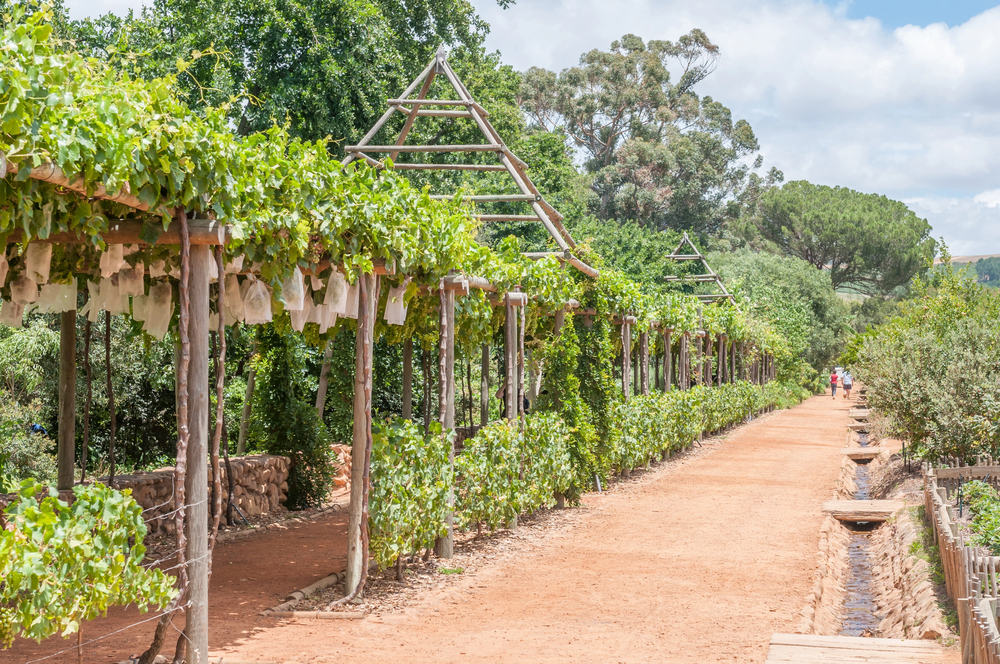
This working farm and garden near Paarl represents unique approaches to botanical display and conservation efforts. The 8-acre formal garden combines historical garden design with contemporary horticultural practices, creating spaces that are both beautiful and functional. The garden cultivates over 300 plant varieties, from medicinal herbs to heirloom vegetables, demonstrating how botanical knowledge translates into practical applications. Integration of agriculture, conservation, and tourism creates models that other botanical institutions worldwide are beginning to adopt.
Compton Herbarium Garden
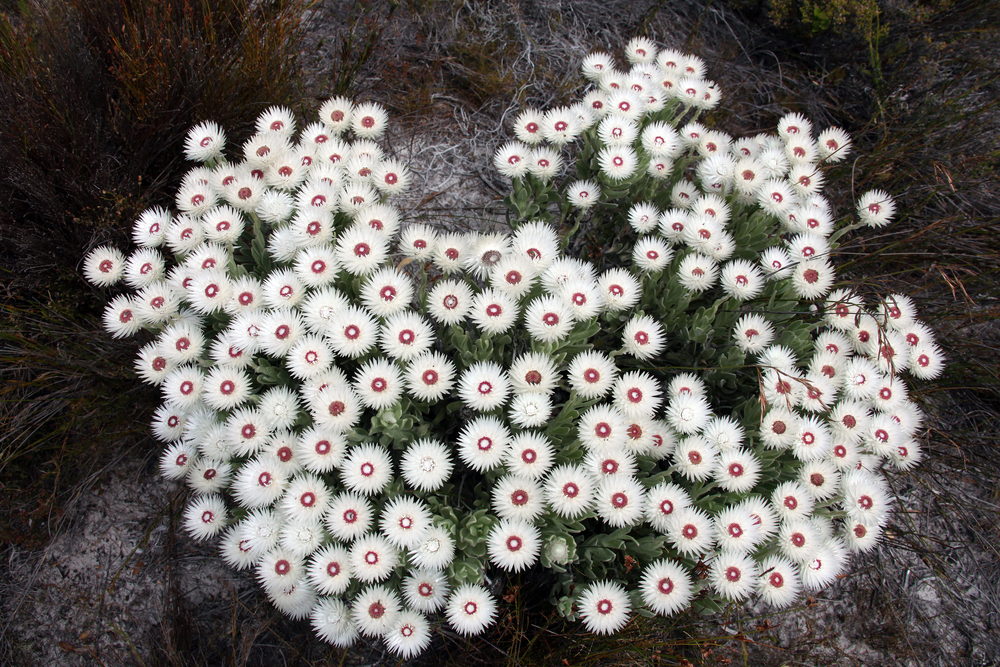
Located within Kirstenbosch grounds, this specialized garden focuses on botanical research and plant preservation activities. The facility houses one of the Southern Hemisphere’s most comprehensive pressed plant specimen collections, serving researchers from around the world. Though less visually spectacular than traditional display gardens, the herbarium represents serious scientific work underpinning all botanical conservation efforts. Living collections complement preserved specimens, creating complete resources for understanding plant relationships and evolutionary processes.
University of Cape Town Botanical Garden
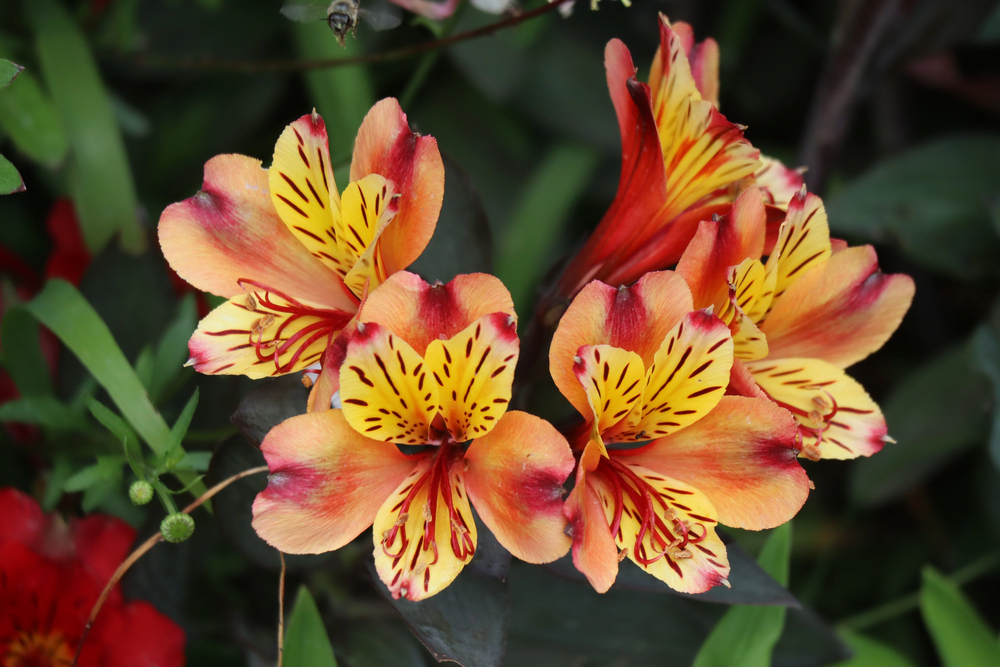
Rondebosch’s university garden might be smaller than some famous neighbors, yet it punches well above its weight regarding plant diversity and educational value. The garden serves as both research facility and teaching tool, with collections carefully chosen to illustrate botanical principles and plant relationships. Medicinal plant collections provide insights into traditional African healing practices, while systematic beds demonstrate plant classification in action. Students and visitors alike benefit from the garden’s role as an outdoor classroom.
Gold Reef City Botanical Garden
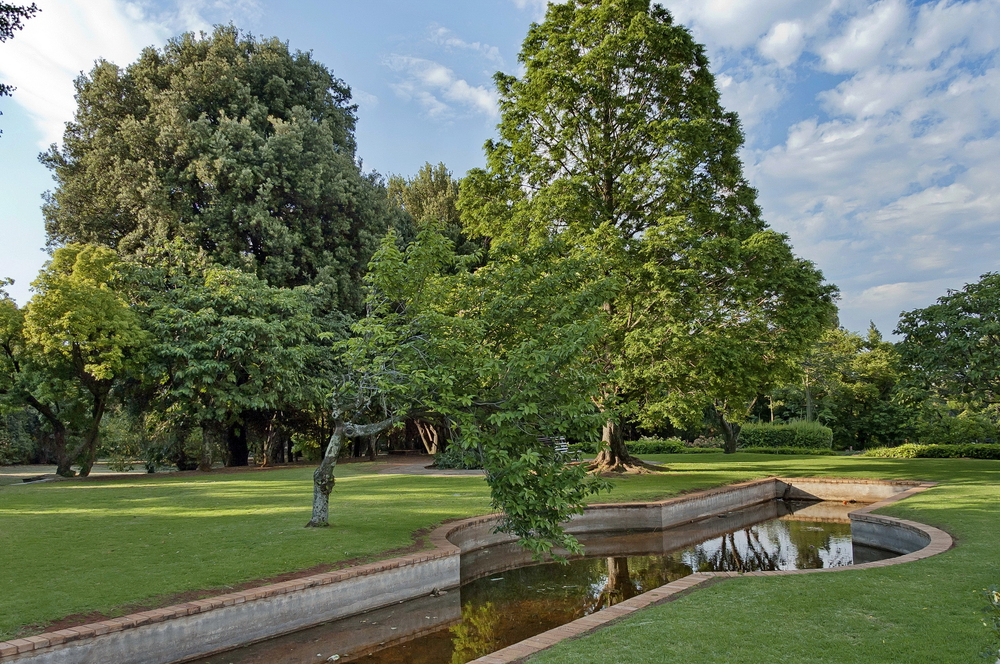
This urban oasis in Johannesburg’s mining belt heart proves botanical gardens can thrive in the most unlikely locations. The garden specializes in plants tolerating urban conditions and poor soils, making it valuable for city planning and urban greening projects. Displays demonstrate how indigenous plants can be used in urban landscaping, creating beautiful spaces requiring minimal water and maintenance. The garden serves as a living example of sustainable urban development practices.
Cape Town Botanical Society Garden
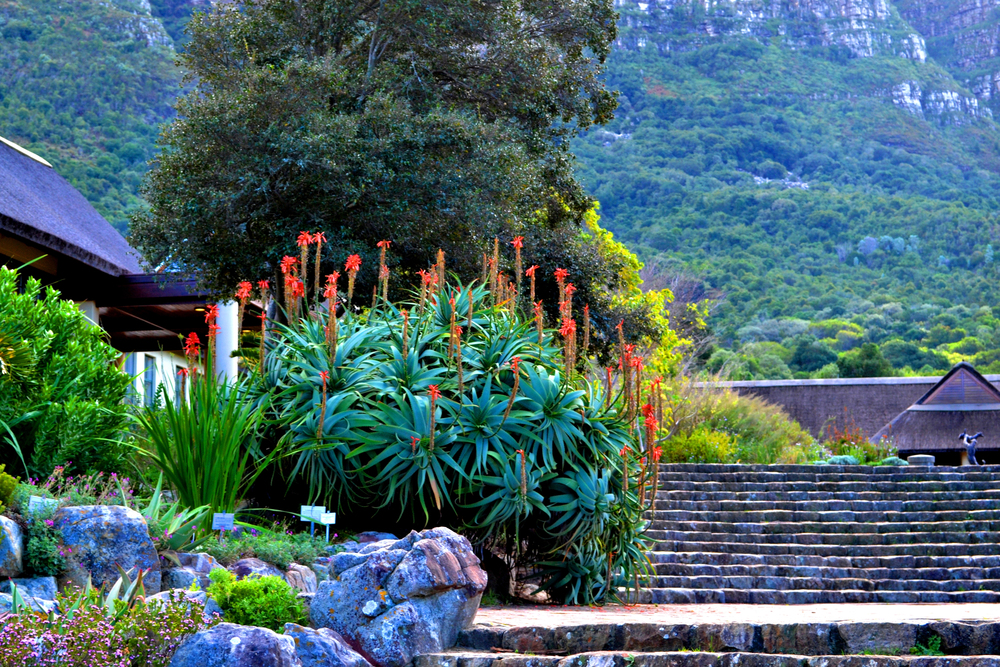
This community-driven garden represents grassroots botanical conservation in South Africa. Managed by volunteers and supported by local plant enthusiasts, the garden focuses on plants native to the immediate Cape Town area. Intimate scales allow for detailed labeling and interpretation, making it an excellent place for learning about local plant communities. The garden demonstrates how community involvement can create meaningful conservation outcomes, even in urban environments.
Seeds of Wonder
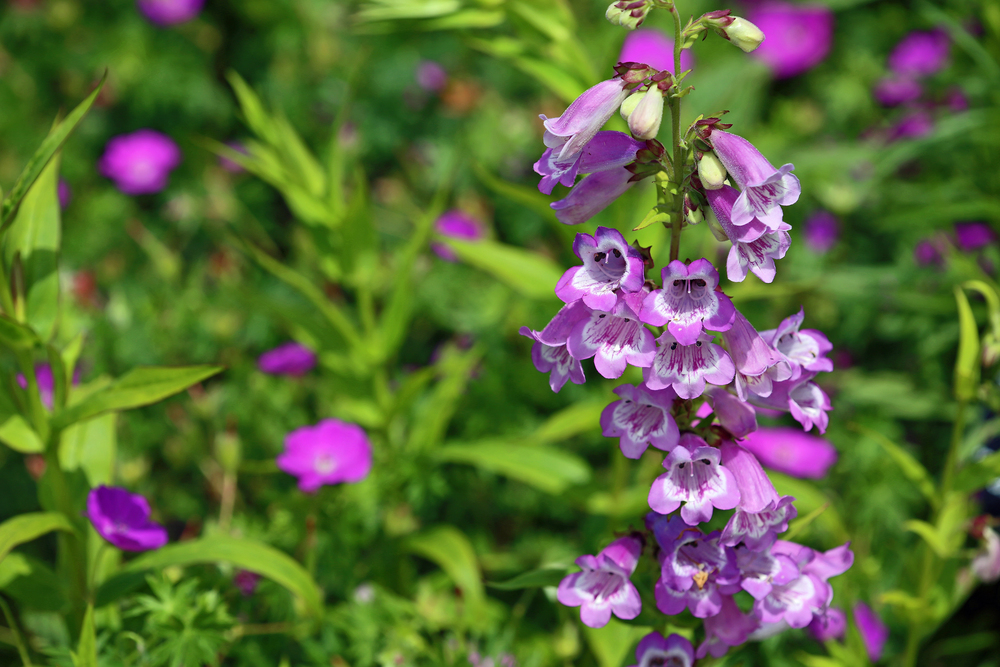
Today’s botanical gardens in South Africa carry forward legacies that began with early botanical expeditions and colonial plant collectors, though they’ve evolved into something far more meaningful than mere curiosity collections. These living laboratories now serve as crucial frontlines in fights against plant extinction, climate change research centers, and bridges connecting urban communities with their natural heritage. The gardens featured here represent just a fraction of botanical wealth that makes South Africa one of the world’s most important centers of plant diversity. Whether you’re drawn by scientific significance, visual beauty, or simply peace that comes from walking among ancient trees and rare flowers, these gardens offer experiences that resonate long after you’ve returned home.
More from Travel Pug

- 20 Best Beach Towns in the Carolinas
- 13 Destinations Where Tourists Regularly Regret Their Trip
- 20 Things You Actually Get in First Class
- 20 Small Airports With Aviation Museums
- 20 Places in the U.S. That Are Perfect for a Reset Trip
Like Travel Pug’s content? Follow us on MSN.
